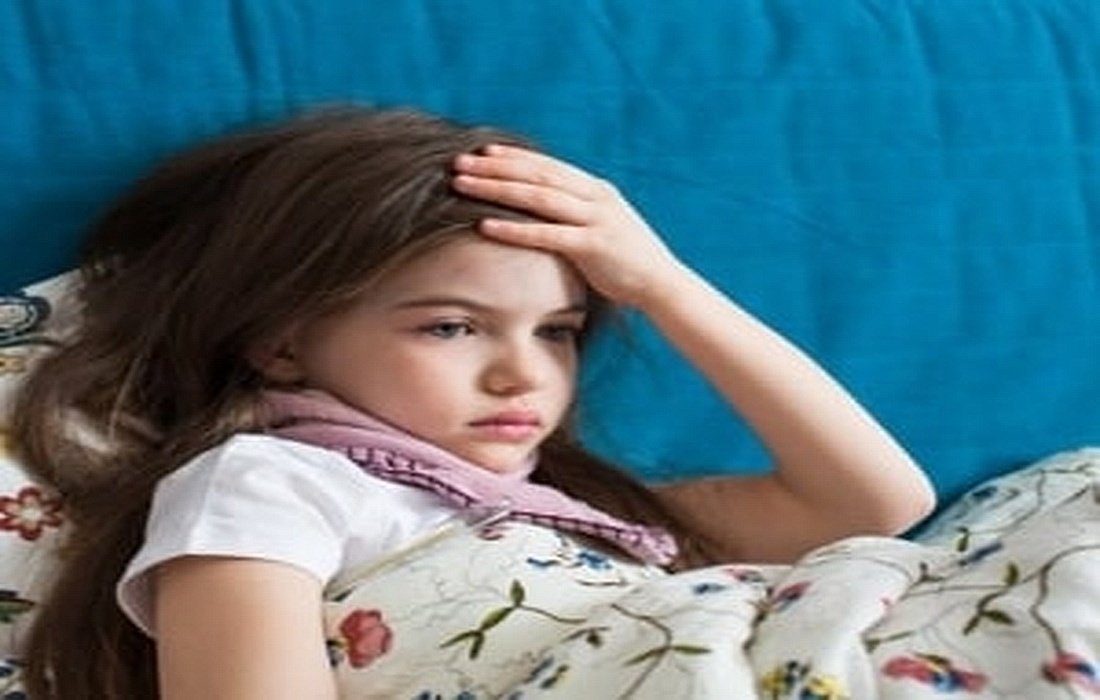Serious and Dangerous Signs After a Child’s Head Injury
Children are constantly active, energetic, and playful, which increases the risk of falling and getting hurt if parents are not vigilant. They are unfamiliar with the concept of danger and often engage in risky activities that may lead to head injuries with potentially severe brain effects later on.
The skull is a hard bone structure that prevents many injuries. In cases of severe head impacts, nerves and blood vessels in the brain can be damaged, and there is a possibility of skull fractures.
Skull fractures need time to heal, but children suffering from such injuries must be monitored for internal bleeding. Therefore, if a child suffers a head injury, they should be observed for 24 hours at a hospital or home by parents, who should be alert to important signs listed in this section from Family Plus.SelMagzWe have covered this in detail.
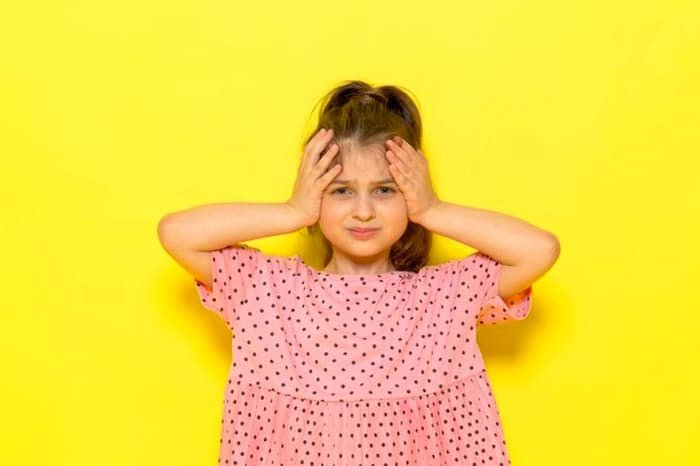
Vomiting
One of the signs to watch for after a head injury in a child is repeated vomiting, which indicates increased pressure inside the skull.
Convulsions
Some children may experience seizures after a head injury. Signs of seizures include dilated pupils, trembling of limbs, and clenching of the jaw. Seizures may occur within the first 24 to 48 hours or even later within the week, and they can happen even two years after the injury if the child previously suffered a severe head impact.
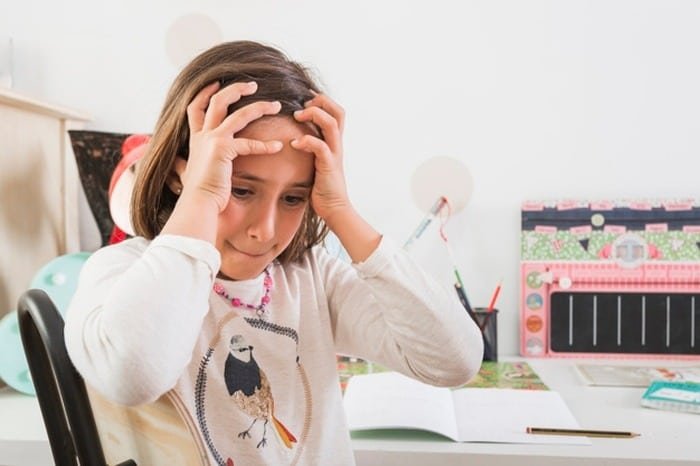
Loss of Consciousness in the Child
If the child cries after a head injury and then passes out, or loses consciousness without crying, it’s serious, and the child should be taken to a doctor. If the child loses consciousness immediately after falling and regains awareness two minutes later, it is less concerning than if the child were unconscious for several minutes, but if the child hits their head and then quickly recovers after crying, the concern is reduced.
Bruising Behind the Ear and Under the Eye
Parents should pay attention to the appearance of bruising behind the child’s ear and under the eye after a head injury, as this could indicate a skull base fracture and bleeding.
Fluid Leakage from the Child’s Ear and Nose
Another potential outcome of a head injury in a child is the leakage of watery cerebrospinal fluid from the ear or nose, which can result from a skull injury and may lead to infections.MeningitisCerebral complications can occur.
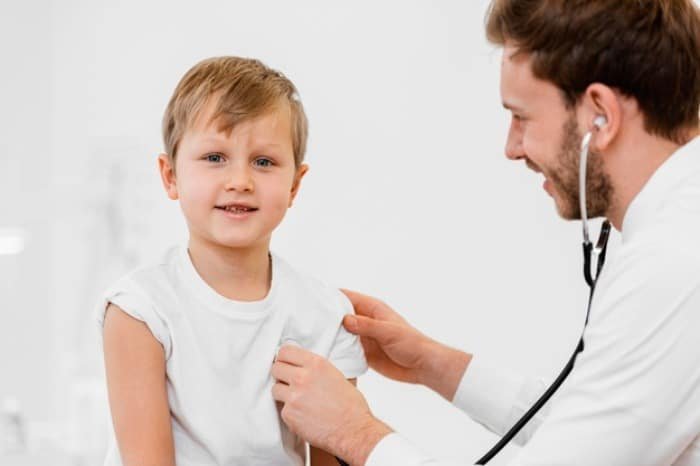
DrowsinessAbnormal Drowsiness
Children who experience a head injury may be excessively drowsy in the first 24 hours, which is a risk factor. Mothers should monitor their child’s sleeping pattern after an injury, and if there are significant changes indicating more drowsiness, they should consult a doctor.
Of course, children may sleep during the day or may experience an incident late in the day. Therefore, if the injury occurs at night, mothers should keep the child awake for at least 1 to 2 hours to ensure they are not excessively drowsy.
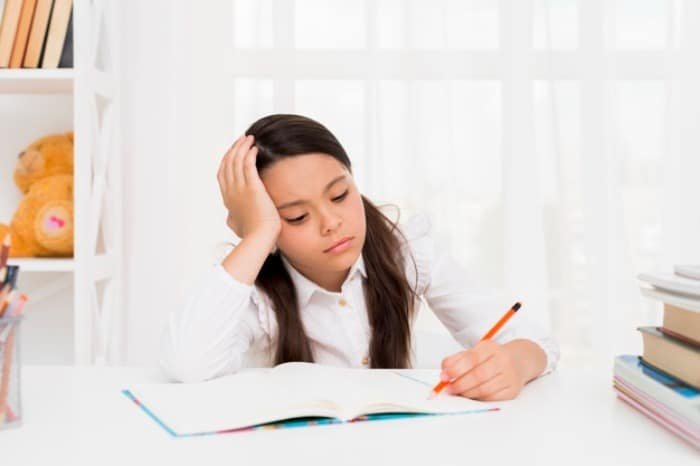
Eye Deviation
Another sign of serious head damage in children is eye deviation after an injury.
Initial Steps AfterChild’s Head Injury
After introducing important signs of head injury in children on SelMagz, it’s time to discuss the immediate actions to take following such an incident.
1. In these cases, it is best to take the child to a neurosurgeon to ensure their health. Emergency physicians can also examine the child to assess their stability and drowsiness. If discharged, parents should closely monitor the child’s movements and behaviors, and seek medical attention immediately if any warning signs arise.

2. If there is minor bleeding, this may not show on a CT scan initially, but other signs may appear on subsequent scans after 24 hours. The risk decreases after 24 hours, but the child may still experience headaches for several months afterward.CT Scan3. If a skull fracture occurs, tiny cracks like cysts may form from the internal pressure, and parents should consult a doctor regarding this matter.4. Children under 2 years old with fontanels that have not completely ossified require careful evaluation by doctors to determine the condition after a head injury through palpation of the fontanel.5. If there is severe internal bleeding, a surgeon must open the skull to drain the blood. However, if bleeding is minor, the child should be hospitalized for 1 to 2 days for observation, and monitoring must continue for up to 2 years.
How to Prevent Head Injuries in Children?
To reduce the risk of such incidents, some precautions should be taken at home and in your living environment.
Be Careful of Falls from Heights
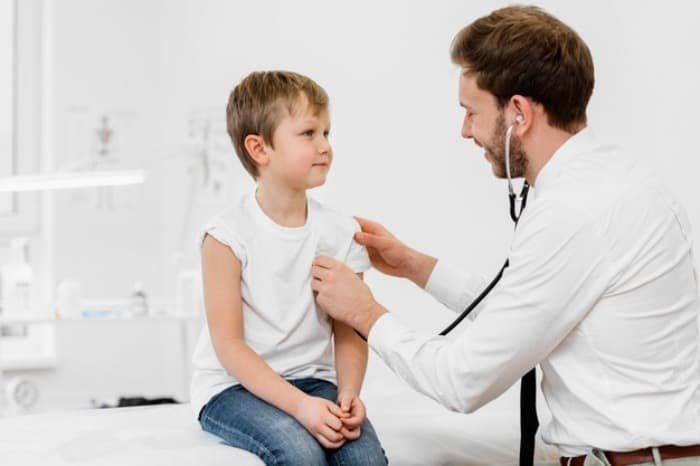
Toddlers struggle to maintain their balance and are very active; therefore, they should not be placed at heights. Parents should focus all their attention on their child during this time, as a moment of distraction can result in a fall. For example, when a mother is talking on the phone, she should not place the child on the kitchen counter.
Older children are constantly Running
and climbing on furniture like sofas, televisions, tables, etc. Therefore, if a child falls from a height greater than 30 centimeters, especially in a house with a hard floor, it can lead to serious head injuries.
Carpet or Rug Your Home
Many children experience head injuries at home, and having carpets or rugs can reduce the severity of such impacts, as they serve as a protective buffer.Do Not Leave Your Child Alone in a WalkerDo not place your child in a walker, and if you do, ensure it is safe and stable so that it does not topple over with the child’s movements. The child should play in front of parents to reduce the risk of falling.
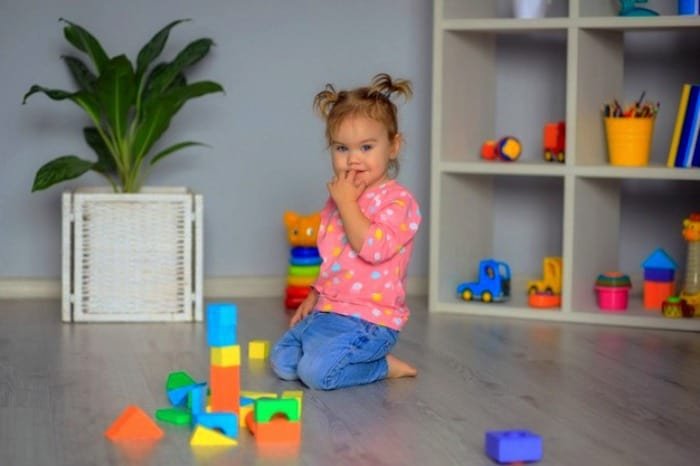
Cover Sharp Edges
Minimize or cover sharp corners of furniture such as tables and dressers, as these are primary causes of injuries to children.Use PaddingPlace padding under your carpets or remove small rugs that may cause slipping.
Use Guards
Install guards on your windows to prevent children from falling out.
Teach Children Caution
Always keep an eye on your toddler and follow them wherever they go. When children start school, it is essential to discuss safety hazards, like not joking or running on stairs, and being careful during sports activities.
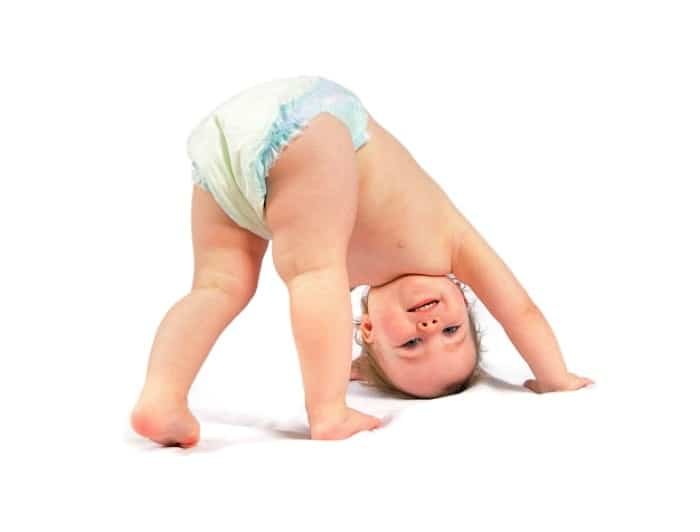
Emergency Conditions After a Child’s Head Injury
If you notice any of these signs after a child’s head injury or fall, contact emergency services:
Loss of Consciousness
Immediately contact emergency services if your child ceases to breathe or loses consciousness.
Uncontrollable Bleeding
If your child experiences abnormal or excessive bleeding after the incident, call for emergency help.

Seizures
As mentioned at the beginning, seizures and loss of normal condition are warning signs after an injury.
Lack of Responsiveness
If your child is breathing but unresponsive and cannot be awakened, contact emergency services.
Bone Fractures
Visible bone fractures may include injuries to the wrist, arm, or legs or skull fractures evident by swelling on the scalp, or a pinkish fluid or blood from the nose or ear.
Concussion
Persistent vomiting, excessive drowsiness, headaches, or dizziness, weakness, confusion, or issues with speech, vision, or movement are signs of a concussion.
Possible Brain Injury
If you notice changes in pupil size or abnormal eye movements.
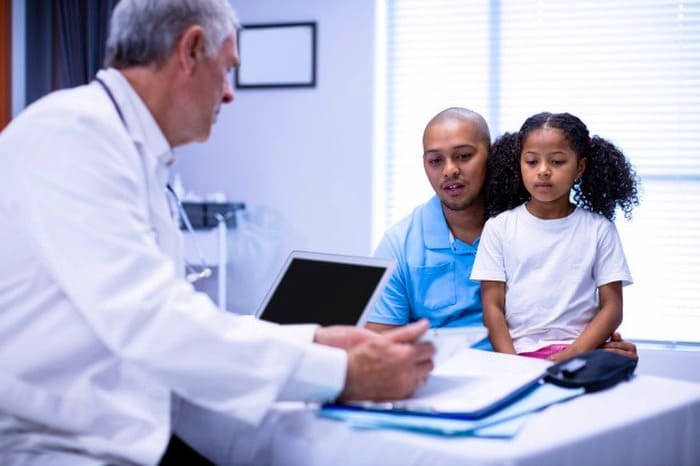
Prolonged Crying from the Infant
Excessive crying or yelling from the child can indicate internal injuries, such as abdominal bleeding.
Treatment for Swelling from a Head Injury in Infants
Wrap an ice pack in a thin towel and apply it to the swelling for 2 to 5 minutes, then remove it for an hour. During this time, keep the child occupied to avoid distress. For pain relief, you can administeracetaminophenor ibuprofen, but never give your child
aspirin
Head Injury
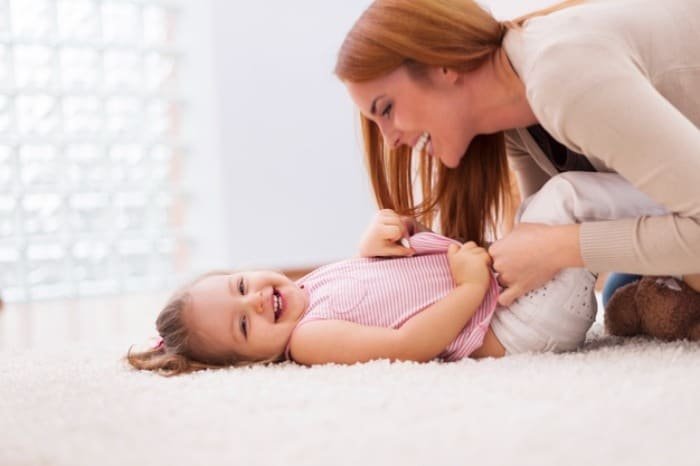
Head trauma and swellingChild’s head injury
Impact to the temple region
Severe head impact
Children falling backwardsChild drowsinessConsequence of falling backwardsChild examinationActions after a head injury



